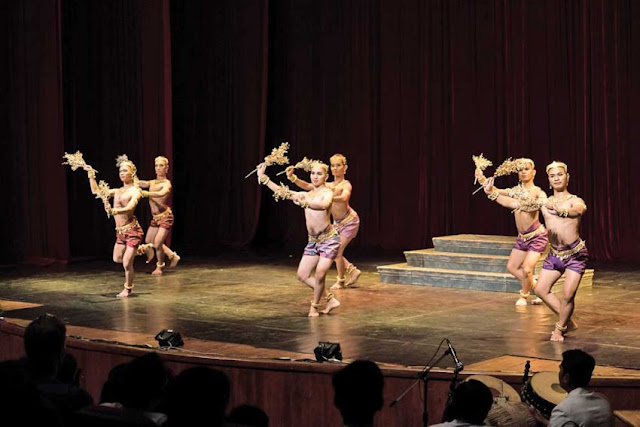
Andrew Nachemson, The Phnom Penh Post
Fri, 11 November 2016
In a lecture organised by the Sleuk Rith Institute yesterday, cultural anthropologist Toni Shapiro-Phim sought to offer a corrective to misconceptions about Western influence on Cambodians’ approach to art and their reactions to the trauma of the Khmer Rouge regime.
“I want to correct the misrepresentation that claims it was outsiders who first got Cambodians to talk about the Khmer Rouge,” said Shapiro-Phim, who spoke about performing arts following the fall of the regime.
Shapiro-Phim, whose work focuses on dance, recalled meeting with other academics in 1998 who told her “Cambodians don’t talk about the trauma of the Khmer Rouge years”.
But Shapiro-Phim and her Khmer sister-in-law, choreographer Sophiline Cheam-Shapiro, both claimed Cambodians were creating art that confronted those experiences immediately following the fall of the regime.
Shapiro-Phim said during the continued fighting in the 1980s, Cambodians often sent one child to be a soldier while another would go to the front lines as a dancer. During that time she also said there was a “thriving play scene”.
Shapiro-Phim told the Post she first became interested in Cambodian dance while working at an Indonesian refugee camp in 1989 where she witnessed 300 Cambodian refugees “teaching their kids to dance in horrific, inhumane circumstances”.
From there, she went to a Cambodian refugee camp on the Thai border. “When artillery shells would stop, they would return to finish the show,” she said.
Cheam-Shapiro also said it was “not true that Cambodians don’t want to talk about Khmer Rouge experiences”.
A recorded clip from Cheam-Shapiro’s piece, Life of Giants, was shown. The piece depicts a giant who is relentlessly beaten by gods, until he prays to a different god for magic powers allowing him to cripple his tormenters. In this story, Khmer Rouge survivor Cheam-Shapiro says she sees the same “cycle of abuse” she witnessed during the regime. “I saw that we all lost,” she said.
Another choreographer present, Chumvan Sodhachivy – better known as “Belle” – recalled a presentation of a dance she worked on called Hope of Tomorrow in 2009. Belle said that the foreign audience members assumed the show had been put together by French choreographers because it was sponsored by the French Cultural Centre.
Shapiro-Phim and Cheam-Shapiro both called for open exchange with outside influences – with some caveats. “Exchange of knowledge and experience . . . must be based on respect and care,” Cheam-Shapiro said.
“All I want to say is that . . . I think their work would be better if they acknowledged the 20 to 30 years of art that was here before them,” Shapiro-Phim said.
From KI Media - Khmer Intelligence
via_IFTTT


0 Comments